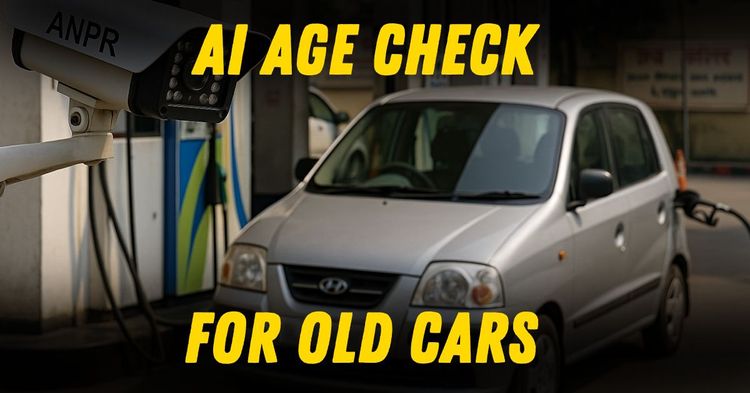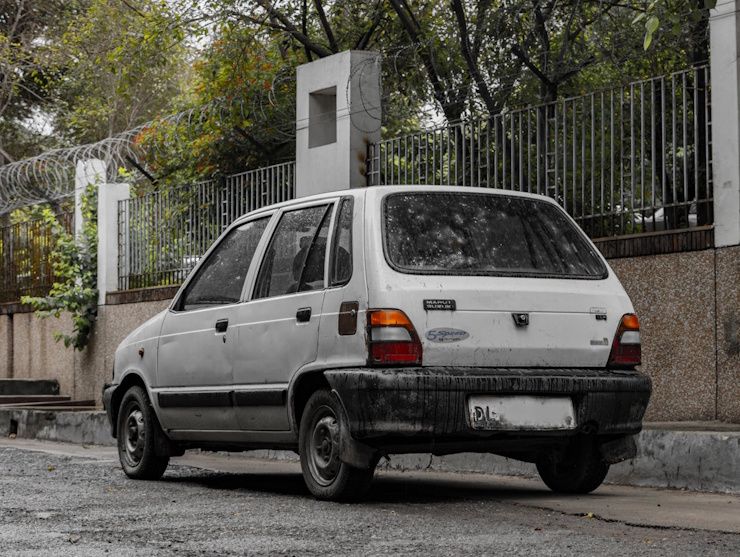Delhi's ANPR Cameras Are Watching: Petrol Pumps Now Age-Check Your Car!


On a warm April morning in Delhi, a familiar scene unfolds at a bustling petrol pump. But something is different. As cars queue up for fuel, a set of cameras quietly scans each number plate. Within seconds, a computer checks the car’s age and pollution certificate. For many, the process is invisible. But for some, the result is immediate and unmistakable: “Sorry, we can’t fill your tank.” This is the new reality in Delhi, where Automatic Number Plate Recognition (ANPR) technology is now the gatekeeper at nearly every fuel station.

Delhi’s fight against air pollution has taken a bold turn. Petrol pumps across the city are now equipped with ANPR cameras—smart devices that read your car’s number plate and instantly check how old your vehicle is. If your petrol car is over 15 years old, or your diesel car is over 10, you’ll be denied fuel. The same goes if your car lacks a valid Pollution Under Control (PUC) certificate. This isn’t just a warning: it’s a hard stop, enforced by technology and government resolve.
The city has 500 fuel stations, and almost all—477 at last count—are now fitted with these cameras. The final few are expected to be ready within days. This means that by the end of April, the rule will apply everywhere in Delhi, leaving little room for old, polluting vehicles to slip through the cracks.
The process is simple for drivers, but sophisticated behind the scenes. As your car enters the station, the ANPR camera captures your number plate. Instantly, the system checks your registration details in the government’s central database. It looks for two things:
• The age of your vehicle
• Whether your PUC certificate is up to date
If your car passes both checks, you get your fuel as usual. If not, the system alerts the pump staff, who will politely but firmly refuse to fill your tank. There’s no room for negotiation or “just this once.” The decision is automated and final.

Delhi’s air pollution is legendary for all the wrong reasons. Every winter, the city chokes under a thick blanket of smog, much of it caused by vehicle emissions. Old cars are a big part of the problem—they pollute far more than newer models. For years, the courts and environmental authorities have tried to get these vehicles off the roads. In 2018, the Supreme Court banned diesel vehicles older than 10 years and petrol vehicles older than 15. The National Green Tribunal (NGT) went even further, banning parking of such vehicles in public areas.
But enforcement was patchy. Many old cars kept running, their owners finding ways around the rules. The new ANPR system changes that. By linking fuel sales to compliance, the government has found a way to make the rules stick. No fuel means no driving, at least not for long.
If you own a car in Delhi, the message is clear: check your registration year and your PUC certificate. If your vehicle is too old, you’ll need to find alternatives—public transport, a newer car, or perhaps re-registering your vehicle in another state (if allowed). The rule applies to all cars at Delhi pumps, even those registered elsewhere. So, out-of-town vehicles aren’t exempt.
There are still some questions. What about vintage cars, or vehicles with special permits? The government hasn’t released detailed guidelines on exemptions yet, but for most drivers, the rule is straightforward: if your car is past the age limit, you won’t get fuel.
Delhi’s ANPR rollout is part of a larger push to clean up the city’s air. By making it nearly impossible for old, polluting vehicles to refuel, the government hopes to reduce emissions, ease congestion, and encourage cleaner transport options. It’s a big change, and not everyone will be happy. But for many Delhiites, it’s a necessary step towards a healthier city.
As the last few cameras are installed and the system goes live citywide, one thing is certain: ANPR is watching, and Delhi’s petrol pumps are no longer just about selling fuel—they’re now on the front line of the city’s battle for clean air.